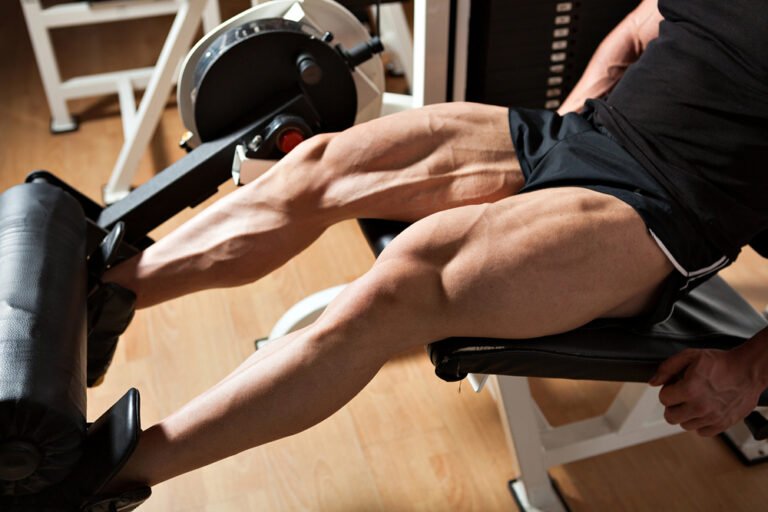The relationship between resistance training, specifically focusing on the lower body, and testosterone levels has been a subject of considerable interest in the realm of fitness and sports science. Many fitness enthusiasts and athletes have long debated whether training legs can have a significant impact on testosterone production. This exploration delves into the scientific literature and examines the various factors that contribute to the complex interplay between leg training and testosterone levels.
Understanding Testosterone:
Before delving into the connection between leg training and testosterone, it is crucial to understand the role of testosterone in the body. Testosterone is a primary male sex hormone responsible for the development of male reproductive tissues and the maintenance of male characteristics. It also plays a vital role in regulating muscle mass, bone density, and overall energy levels. While testosterone is present in both men and women, it is found in higher concentrations in males.
The Hormonal Response to Exercise:
Exercise, in general, has been shown to influence hormonal levels, including testosterone. Intense resistance training, such as weightlifting, triggers an acute hormonal response. Studies have demonstrated that compound exercises involving large muscle groups, like squats and deadlifts, can lead to a more substantial hormonal release compared to isolated exercises. This response includes an increase in testosterone levels, albeit temporarily.
Leg Training and Testosterone:
When it comes to leg training specifically, certain exercises stand out for their potential impact on testosterone. Squats, in particular, are often touted as a highly effective compound movement for promoting overall muscle growth and strength. As one of the most demanding exercises, squats engage multiple muscle groups, including the quadriceps, hamstrings, glutes, and lower back. The sheer intensity and complexity of squats may contribute to a more significant hormonal response, potentially leading to an increase in testosterone levels.
The Squat Effect:
Squats involve lifting a substantial amount of weight, requiring a coordinated effort from various muscle groups. Research has suggested that engaging in compound movements that recruit multiple muscle groups simultaneously can result in a higher release of testosterone. The hormonal response to squats, therefore, may not be limited to the muscles directly involved in the exercise but could extend to a more systemic effect on hormone levels.
Intensity and Volume:
The relationship between leg training and testosterone may also be influenced by the intensity and volume of the workouts. High-intensity resistance training has been associated with a more pronounced hormonal response, including elevated testosterone levels. Additionally, incorporating sufficient volume into leg workouts, such as performing multiple sets and repetitions, may further enhance the hormonal release. Striking the right balance between intensity and volume appears crucial for optimizing the potential benefits on testosterone levels.
Individual Variability:
It is essential to acknowledge the inherent variability in individual responses to exercise. People may react differently to the same training stimulus, and factors such as age, fitness level, and genetics can influence the extent of the hormonal response. While some individuals may experience a substantial increase in testosterone following leg training, others may not show the same degree of hormonal change. Understanding and respecting this variability is crucial when interpreting the research on this topic.
The Role of Rest and Recovery:
Another factor to consider in the leg training-testosterone relationship is the importance of adequate rest and recovery. Intense resistance training, especially involving the lower body, places a significant stress on the muscles and the central nervous system. Insufficient recovery time between workouts may lead to overtraining, which can negatively impact hormonal balance. Therefore, a well-structured training program that incorporates proper rest intervals is essential for optimizing the potential benefits on testosterone levels.
Cardiovascular Exercise and Hormonal Balance:
While resistance training, including leg exercises, is often emphasized in discussions about testosterone, the role of cardiovascular exercise should not be overlooked. Cardiovascular workouts, such as running or cycling, can also contribute to overall hormonal balance. Some studies suggest that incorporating a combination of resistance training and cardiovascular exercise may have a more comprehensive impact on hormonal health than focusing solely on one type of exercise.
Nutrition and Testosterone:
The connection between leg training and testosterone is not isolated to the gym; nutrition plays a crucial role as well. Adequate calorie intake, balanced macronutrients, and essential vitamins and minerals are vital for supporting overall hormonal health. Specific nutrients, such as zinc and vitamin D, have been linked to testosterone production. Ensuring a well-rounded and nutritionally dense diet complements the efforts put into leg training and can contribute to maintaining optimal hormonal levels.
Conclusion:
The relationship between leg training and testosterone levels is a multifaceted and intricate subject within the realm of exercise physiology. While there is evidence to suggest that intense resistance training, particularly compound movements like squats, can acutely increase testosterone levels, the overall impact may vary among individuals. Factors such as exercise intensity, volume, rest, and recovery, as well as nutritional considerations, all play a role in the complex interplay between leg training and hormonal response. As with any aspect of fitness, it is crucial to approach leg training as part of a holistic and well-rounded exercise and lifestyle regimen, recognizing that individual variability and adherence to a comprehensive approach are key factors in achieving optimal results.



